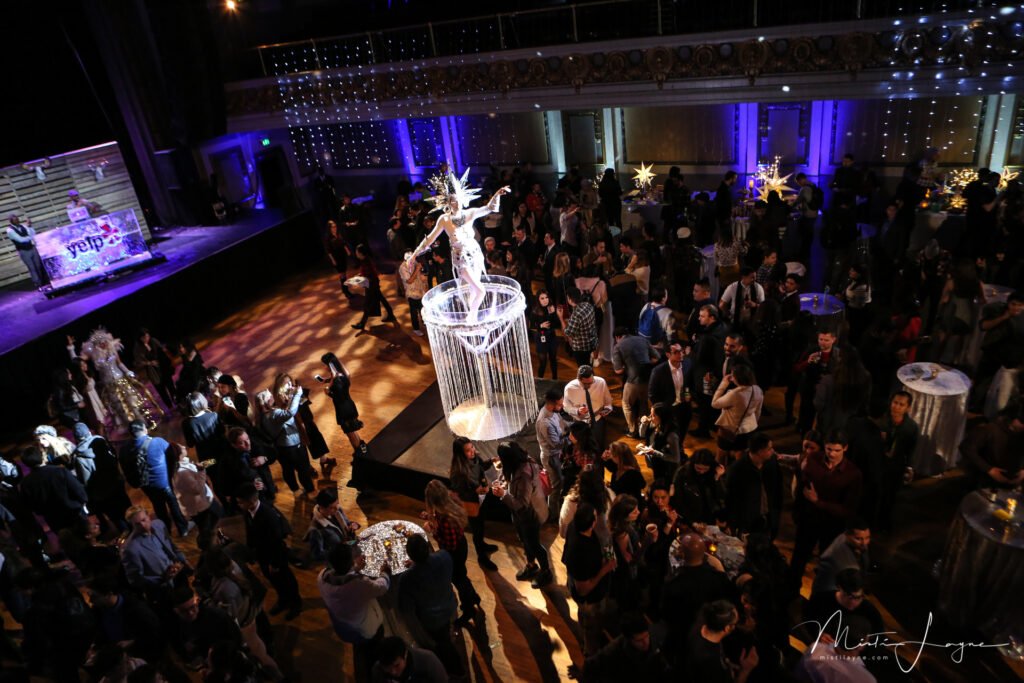Illuminating the Influence of Lighting Techniques on the Art of Video Projection Mapping
Illuminating the Influence of Lighting Techniques on the Art of Video Projection Mapping
Blog Article
Video mapping projection is an exciting art form that merges technology and creativity to transform ordinary spaces into remarkable sight exhibits. This technique entails casting graphics and videos onto three-dimensional elements, such as buildings, sculptures, or platforms. One of the key significant factors in producing successful projection in the use of effective illumination techniques. Proper illumination improves the visual components of the projection and guarantees that the images are crisp and captivating. This piece explores the influence of lighting techniques on motion mapping and how they can elevate the complete encounter.
Illumination plays a crucial role in motion projection because it sets the atmosphere and feel of the exhibit. Different lighting methods can elicit various emotions and reactions from the audience. For example, using gentle, cozy lights can create a welcoming atmosphere, while vivid, cold lights may produce a more energetic or intense effect. By thoughtfully choosing light colors and brightness, artists can manipulate how audience interpret the projected images, leading to a more immersive encounter. The equilibrium between mapping brightness and ambient light is essential, as it can greatly impact the clarity and effect of the visuals.
In addition, hue and brightness, the direction of illumination also affects the efficacy of mapping. Lighting from different directions can generate contrast and accents that introduce depth to the projected images. This technique, known as chiaroscuro, can enhance the three-dimensionality of the subjects being projected. Furthermore, using dynamic illumination can add dynamism to the display, making the experience more engaging for the audience. When the illumination interacts with the projected visuals, it can create an illusion of movement and change, grabbing the audience's focus.
Another important element of illumination in mapping in the use of special try here effects. Methods such as gobo lighting, which uses patterns and shapes to filter light, can introduce texture and complexity to the projections. This method allows artists to superimpose visuals and create visually stunning effects that enhance the projection. Moreover, adding laser lights or LED illumination can find out this here additionally improve the display, offering a unique blend of visual elements that draw the audience in. These special effects, when used thoughtfully, can elevate the projection beyond a basic show to an immersive piece of creativity.
In summary, the influence of illumination techniques on motion mapping is significant. By understanding how different illumination components interact with projected images, artists can create captivating experiences that connect with audience. The thoughtful selection of hue, brightness, angle, and special effects enables for a rich tapestry of visual storytelling. As tech advances to evolve, the possibilities for creative expression in mapping will only expand, making lighting an increasingly vital aspect in this progressive art form.